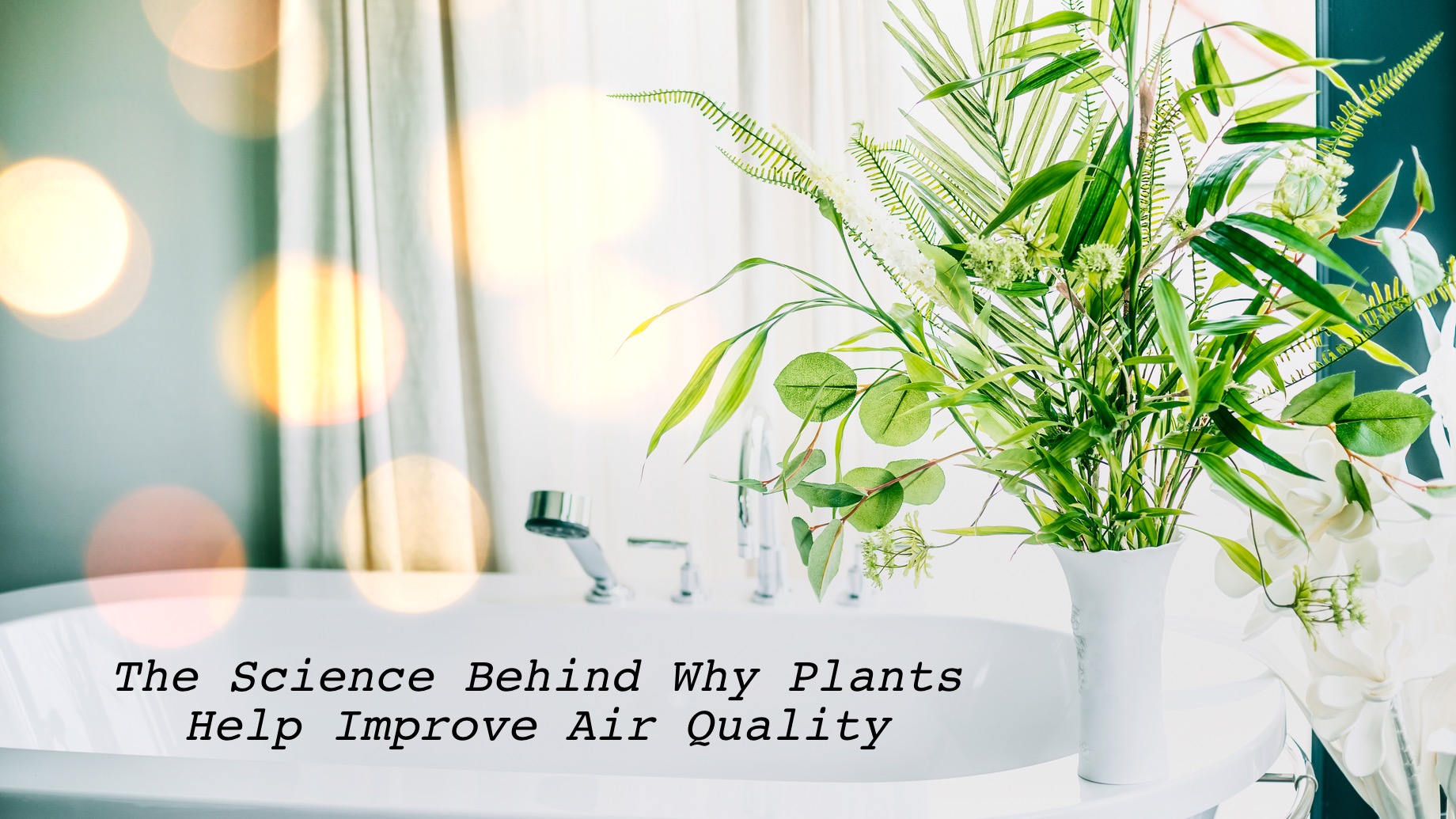
Plants are actually quite beneficial for your health, and not just when they’re kept outside. You should consider keeping a few plants indoors to help you improve the quality of the air inside your home.
Many people don’t realize just how toxic the air in their homes can be, especially during the winter when the windows are kept closed all the time. So why not boost your health by having some new green friends inside?
How Indoor Plants Clean The Air
You probably learned about the process of photosynthesis in high school, but if you didn’t, photosynthesis is the process by which plants, including Australian native plants, convert carbon dioxide into oxygen, through the use of sugar and sunlight, in order to create energy for itself.
And since humans breathe out carbon dioxide, you’re essentially providing free fuel to plants in order for them to make their own energy. In turn, they create the oxygen that you need to breathe. It’s a pretty neat circle that provides benefits to all parties involved.
Which Plants Are Best To Choose
The best plants to have in your home are ones that do well in lower levels of light. You want a plant that can thrive with less light and fewer breezes, which is in the same condition as your home.
In addition, your plants will also release phytochemicals, which are naturally-produced substances that protect the plant from insects and microbes. This means that you’re also less likely to have these insects and microbes within your home.
The Process of Phytoremediation
Phytoremediation is the process by which a plant can mitigate pollutants that are in the air, soil, and water. This is one of the main reasons people are bringing them into their homes.
Plants can actually absorb other gases in the air other than carbon dioxide, such as benzene (found in cigarette smoke and some plastics) and formaldehyde (found in carpet cleaner, fabric softener, and dish detergent). By eliminating these from the air, you’re breathing in better quality air without these harmful chemicals. But how do plants actually perform this process of phytoremediation?
Through Transpiration and Stomata
When plants perform transpiration, they circulate the air and pull toxins out of the air to store in their leaves and roots. It’s the process of absorption of these toxins that are called stomata. Some studies have even shown that rooms filled with plants had at least 50 to 60% fewer airborne molds and bacteria than in rooms that had no plants.
Other Benefits of Having Indoor Plants
Of course, this isn’t the only reason to consider having indoor plants in your home. They have been shown to improve concentration, boost mood levels, and reduce feelings of stress. Taking care of a plant also serves as a hobby, which already reduces feelings of anxiety.
Exercise some care and research when looking into plants you want to keep in your home. They have to have the right environment and access to sunlight, or else you’ll end up with a dead plant on your hands.